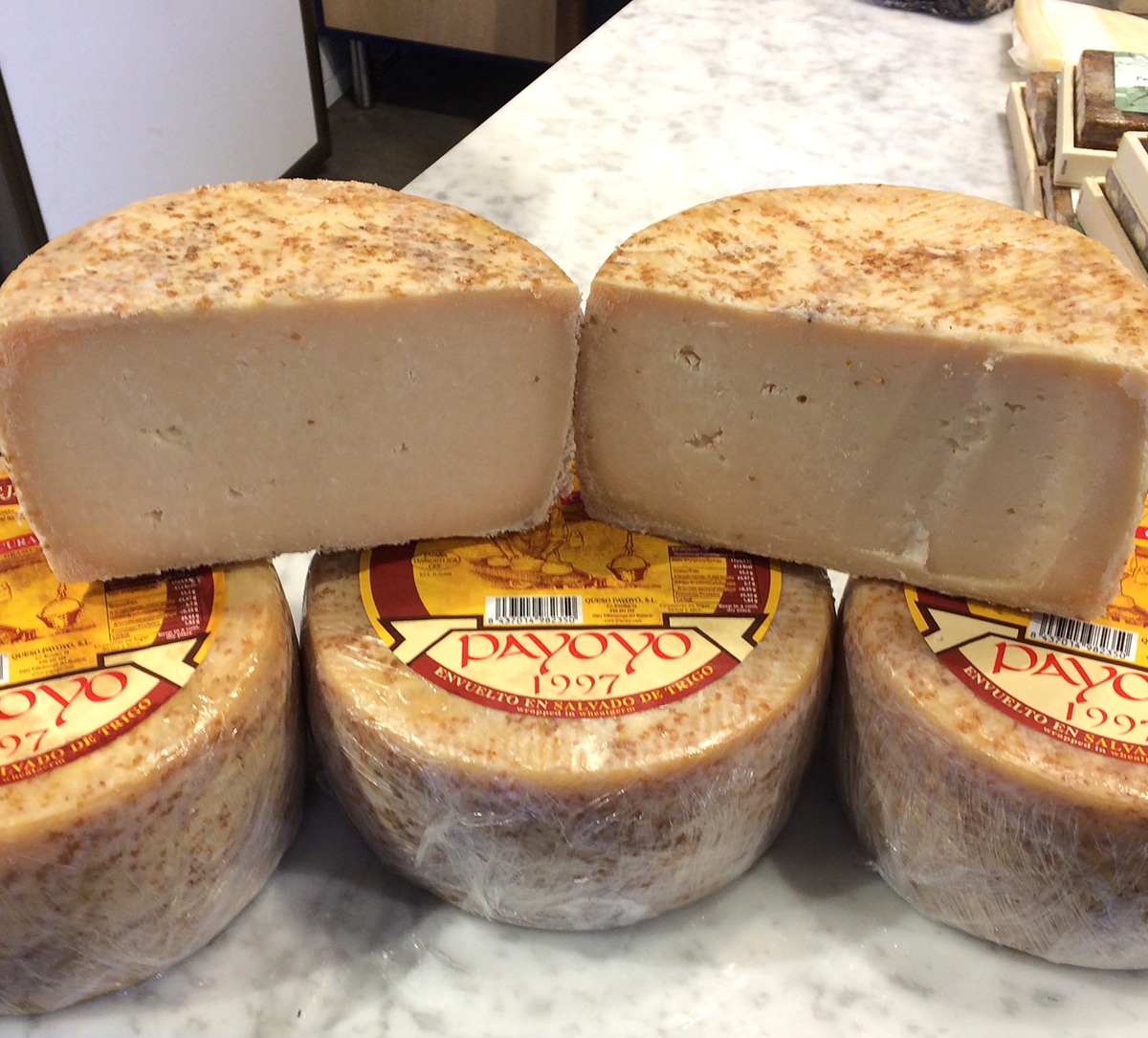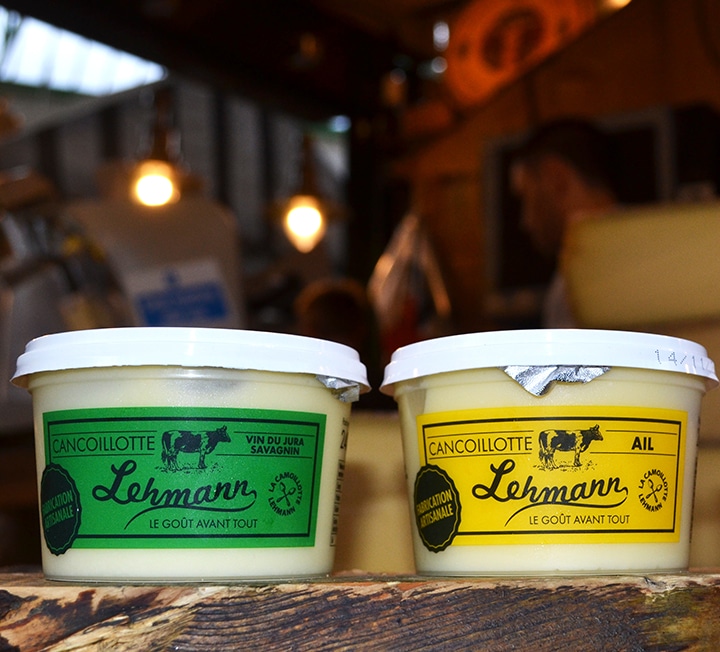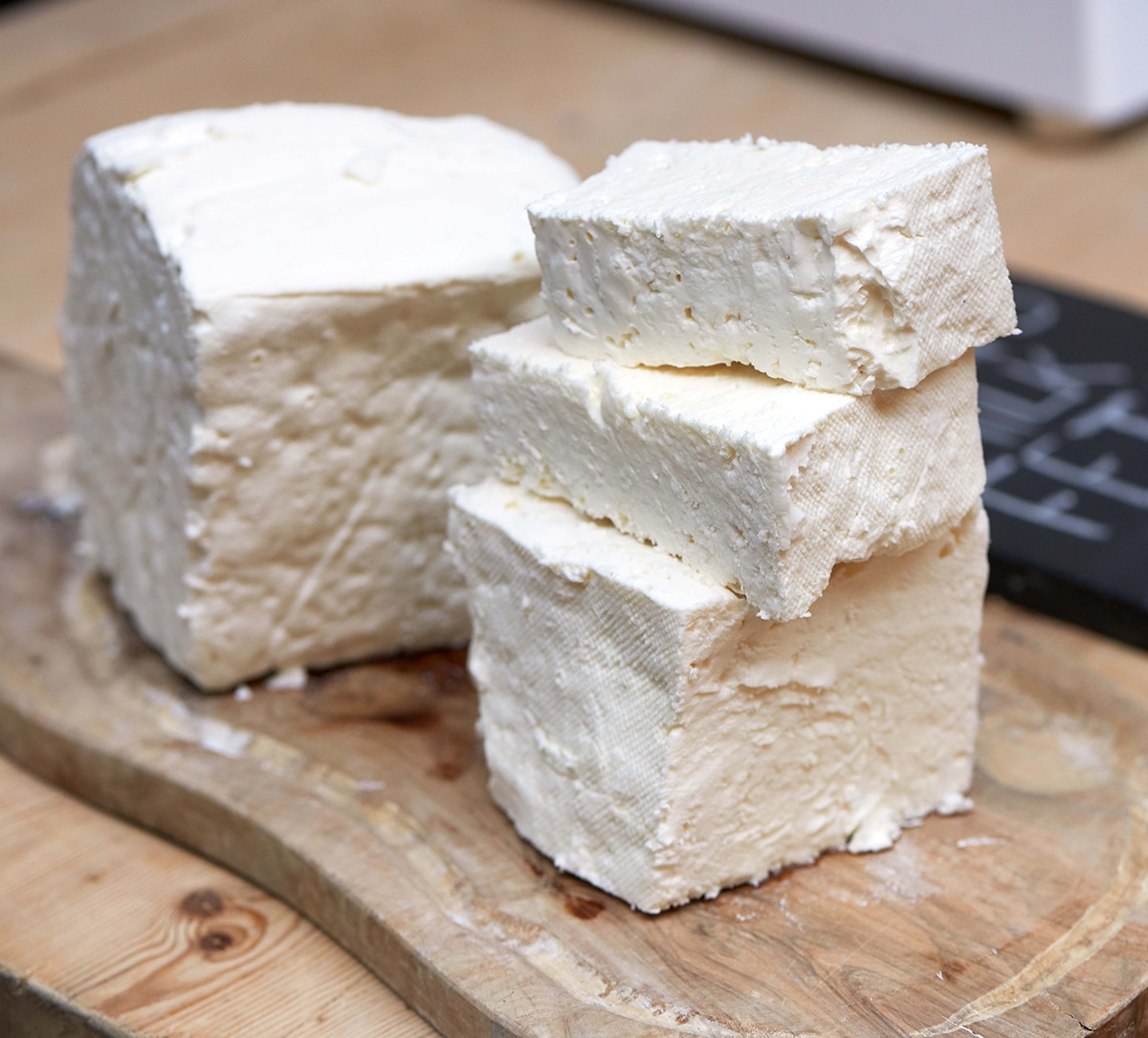Blessed are the cheesemakers: Bleu de Termignon
Clare Finney tells the story behind a blue cheese from Mons Cheesemongers, made in a 700-year-old chalet in the French Alps


“IT’S THE SORT OF CHEESE THAT SERIOUS CHEESE LOVERS SEEK OUT WHEN THEY WANT SOMETHING SURPRISING AND NEW”
The place: an Alpine cheese parlour, high above the Maurienne Valley in the Vanoise National Park. Inside, the eerie, whimsical tinkle of cow bells sounds the end of milking, and the start – or rather, resumption – of making cheese. Catherine Richard doesn’t falter. A milkmaid at the age of six and a cheesemaker by 15, one imagines her veins are as blue as the unique mould that suffuses the bleu de Termignon, so easily does its making run through them. Now in her sixties, she is one of a mere handful of producers left making this “totally fascinating, totally awesome” cheese.
“It’s really unusual,” Max at Mons Cheesemongers continues. “She is working in a 700-year-old chalet – just in the summer months, when there’s no snow, because when the snow comes, you can’t reach it.” As soon as the snow melts, she and her small herd of 15 or 16 cows make the journey up Maurienne to the alpage – rich in luscious grasses and wild herbs: chives, white clover, daisies and other flora which, when the first, sweet wheels of the season are cut open, you can quite literally taste.
The cheese is made in stages, the morning milk strained and added to the previous evening’s yield before being renneted, heated and kept warm with a reflective mountain rescue blanket – yes, really – to create curds that, once drained, can be added to curds which have been acidifying in whey since they were made two days before.
“This gives the finished cheese a distinctively tart, acidic taste,” says Max. The whey in which the curds were sitting is topped up, and the curds replenished with fresh ones. Remarkably, in an age of blind, sweeping sterility, the whey in this bucket is never entirely replaced. What’s more, the equipment is all wooden at this stage in the process, helping to harbour the bright, indigenous mould which pervades this cheese in a mysterious, delicious way.
“Bleu de Termignon is a natural blue: the cheese is not pierced, or seeded with penicillin in the way most blues are.” Silently, stealthily, the mould creeps from the outside rind through. By pressing the curds by hand into the cloth-lined wooden cylinders, the mould can wend its way easily through their loose, rubbery texture as the cheese matures, left in the cellar, sometimes over winter, to age and fester under a thick layer of snow and ice while the cows return to the valley, to eat the hay and dried flowers Caroline spent the hours she wasn’t milking or making cheese assidiously preparing.
Only the cows are allowed the flora that grow in the Vanoise National Park; mere mortals can’t touch it. By the time the bleu de Termignon arrives at the Mons Cheesemongers maturing rooms in Bermondsey, its uniqueness has been set in a thick, grey, red dusted-rind, if not in actual stone.
“You can still see the red mould on the rind when we receive the cheese,” Max marvels. It’s the same mould which blankets the stone walls of Caroline’s chalet, and the mountainous crags overlooking it. Quite often, they as cheesemongers like to “age it up” by cutting the wheel in half and keeping it at 15 degrees for a few months, to allow the blue mould inside the cheese to diffuse a bit further through.
The taste is unlike any other: Max reaches for mushrooms and woody herbs, but it varies: “Last year they were more aniseedy – more fennel-y, really.” His colleague likens the texture to that of a Lancashire, but again insists on its uniqueness. “It’s the sort of cheese that serious cheese lovers seek out when they want something surprising and new.” It’s a cheese for cheesemongers, she continues: “The people who spend all day tasting and smelling cheese? This is the one that’s sufficiently amazing and interesting and fascinating for them to happily go home at the end of the day and to sit and eat more cheese.” Recommendations don’t come much higher than that.


